|

“There are not more than five primary colors (blue, yellow, red, white, and black), yet in combination they produce more hues than can ever be seen”
~unknown~
     
 
What Is Color?
In 1666, English scientist Sir Isaac Newton discovered that when pure white light is passed through a prism, it separates into all of the visible colors. Newton also found that each color is comprised of a single wavelength and cannot be separated any further into other colors.
Further experiments demonstrated that light could be combined to form other colors. For example, red light mixed with yellow light creates an orange color. A color resulting from a mix of two other colors is known as a metamer. Some colors, such as yellow and purple, cancel each other out when mixed and result in a white light. These competing colors are known as complements.
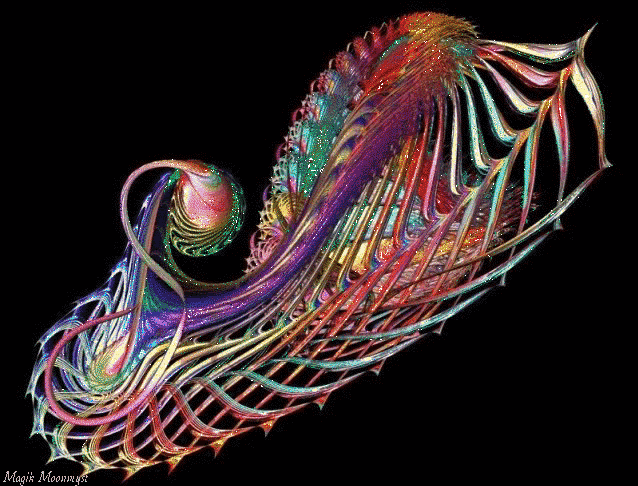
Color Psychology - The Psychological Effects of Color
While perceptions of color are somewhat subjective, there are some color effects that have universal meaning. Colors in the red area of the color spectrum are known as warm colors and include red, orange, and yellow. These warm colors evoke emotions ranging from feelings of warmth and comfort to feelings of anger and hostility.
Colors on the blue side of the spectrum are known as cool colors and include blue, purple, and green. These colors are often described as calm, but can also call to mind feelings of sadness or indifference.

Color Psychology as Therapy
Several ancient cultures, including the Egyptians and Chinese, practiced chromotherapy, or using colors to heal. Chromotherapy is sometimes referred to as light therapy or colourology and is still used today as a holistic or alternative treatment.
Chromotherapy, sometimes called color therapy, colorology or cromatherapy, is an alternative medicine method. It is claimed that a therapist trained in chromotherapy can use color and light to balance energy wherever a person's body be lacking, be it physical, emotional, spiritual, or mental. The practice has been labelled pseudoscientific by its critics.
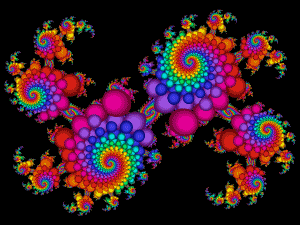
Avicenna (980-1037), who viewed color to be of vital importance in diagnosis and treatment, discussed chromotherapy in The Canon of Medicine. He wrote that "Color is an observable symptom of disease" and also developed a chart that related color to the temperature and physical condition of the body. His view was that red moved the blood, blue or white cooled it, and yellow reduced muscular pain and inflammation. He further discussed the properties of colors for healing and was "the first to establish that the wrong color suggested for therapy would elicit no response in specific diseases." As an example, "he observed that a person with a nosebleed should not gaze at things of a brilliant red color and should not be exposed to red light because this would stimulate the sanguineous humor, whereas blue would soothe it and reduce blood flow."
In the 19th century, healers claimed colored glass filters could treat many diseases including constipation and meningitis. Photobiology, the term for the contemporary scientific study of the effects of light on humans, has replaced the term chromotherapy in an effort to separate it from its roots in Victorian mysticism and to strip it of its associations with symbolism and magic.

Ayurvedic medicine describes the body as having seven main chakras, which are spiritual centers located along the spine that are associated with a color, function and organ or bodily system. According to this explanation, these colors can become unbalanced and result in physical diseases but these imbalances can be corrected through using the appropriate color as a treatment.
Lets look at some of the most important issues regarding the role of chromatic combinations in the creation of a pleasant and relaxed ambiance.
Suppose we have two rooms in one apartment. The two rooms are identical in size, but we paint the walls in two different colors: dark yellow in the first room and light blue in the other. The room painted in light blue will visually seem larger that the one painted in dark yellow that will seem a bit claustrophobic. In other words, colors play tricks on your vision and mind.
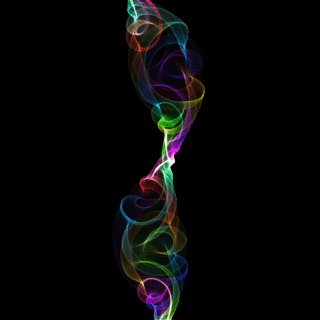  
We often underestimate the importance of color in our life, thus we make serious mistakes that affect us visually and mentally. Imagine what it would be like living in a house that was painted black? You can't live in a house with black painted walls and tell your grandchildren stories! It is one or the other.
Of course, that was an exaggerated example but this is serious. Every color has certain significance. Red-passion, envy ,blue-peace, tranquility, space; white-freedom, purity ; orange and yellow-pleasure ,happiness, a state of comfort and radiance; pink-love, romance; and so on.
We can play around with these significations and use them to create pleasant spaces in our homes that will truly make them a place where we can retreat after a long day and feel like kings and queens in the space we shaped to our own liking. Here¡ a curious fact: the color white is the symbol of weddings in our culture, while in Chinese culture, white is worn at funerals. It is possible that they have a different perspective upon death than we do.
In addition, colors influence sunlight and heat. While black attracts sunlight and heat, white and other light colors reflect it. That's why it is indicated that we wear light-colored clothing during summertime. Moreover, have you noticed the way insects are drawn to you when you wear light green and orange? It is funny how such a simple notion as color has so many consequences on our natural world.
Imagine not being able to distinguish colors or have strictly black and white vision. Not so cool, huh? Our lives would be terribly dull without color. Certain expressions that people use to declare their love for another person contain the word color You bring color into my life. Does it sounds familiar? Well, it is possible that you would more likely hear that expression in a soap opera than in real life, but still, the expression exists.
Usually when we tell someone we love them, we use the most significant words we can find. Therefore, you have a glimpse now about how important colors are.
We often deliberately manipulate our state of spirit using colors. These influence us in a positive way and help us in our day to day activity.

The cosmic symbolism is found associated with numerous deities in different cultures. Many of the North-American Indians associate a certain sacred color to every cosmic sector. There are 6 cosmic sectors. Close to the ground we have white that makes that symbolizes dawn; on top of white we have blue which symbolizes the coming of morning. On top of blue we have yellow that symbolizes sundown and on top is black-the night.
The Amerindian conceptions of colors: yellow =north, blue =west, red = south, white = east, zenith = multicolor, black =the earth.
The Mayas used these conceptions, too, but made some switches. They also had 4 colors that symbolized the 4 cardinal points that dominated the earth and inspired feelings to man.
The Aztecs, as most of the Amerindians, use the same word for all the shades of green and blue. The symbolism of blue or green stones is tied to the solar reign, fertility, promises and rebirth.
 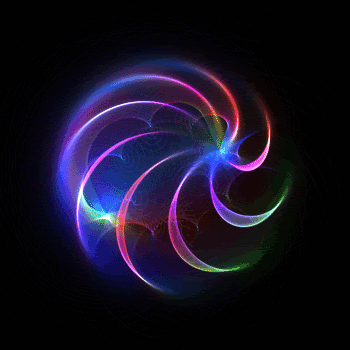 
Colors have remarkable effects on humans and they modify our natural habitat. Imagine switching colors in the natural world. Could we live with a yellow sky, or fuchsia grass, or a black sun? We probably couldn't, because we are so used to the symbolism of every color and its link to the natural world we live in.
Approximately seven million different colors can be perceived by the human eye, so deciding what you want when decorating, and narrowing your choice down to one color family, still leaves you with millions of variations to choose from. So it's important to understand the effects of the temperature of color, color components, color terminology, how light affects color and the tricks color can play on color.
While everyone reacts to colors, a number of factors influence that reaction. Researchers haven't been able to pin down any universal classification system that will be able to predict how people will interpret and respond to the colors around them. This is because a person's culture, gender, age, emotional and mental state, specific experiences, mood -- as well as the appearance and combination of the colors themselves -- can all affect the reaction. And even then, those reactions might vary in type and intensity from person to person. This hasn't slowed the research down one bit, though, and the field of color psychology (closely entwined with that of color preference) is a popular one.
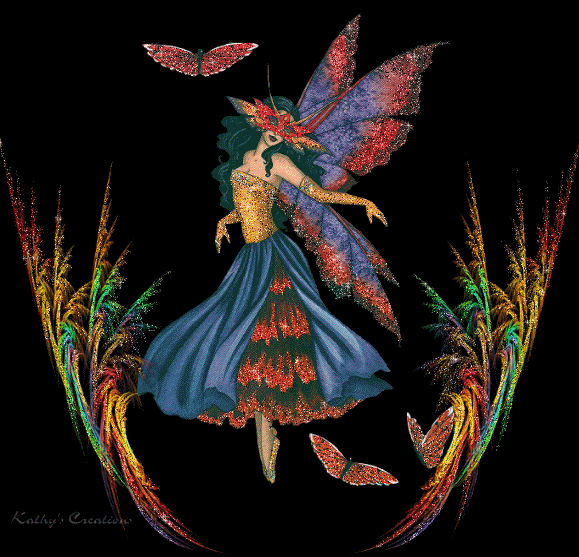
The cause of people's strong psychological and physical reactions to color isn't entirely nailed down, but don't get those natural reactions confused with color symbolism, which generally includes categories of learned cultural associations. These could be political, linguistic, religious, historical, mythical or contemporary associations. For example, associating the color green with refreshing, peaceful feelings is natural, but associating it with luck and money is symbolic.
Research into color psychology isn't solely for academic purposes either. Many aspects of marketing focus on the impact colors have on people. Everything from logos to lobbies can be designed with color psychology in mind. People even consider the choice of colors in aspects of dress like fashion and uniforms and the decor of rooms like hospital rooms and nurseries.
Food for Thought
While blue is one of the most popular colors it is one of the least appetizing. Blue food is rare in nature. Food researchers say that when humans searched for food, they learned to avoid toxic or spoiled objects, which were often blue, black, or purple. When food dyed blue is served to study subjects, they lose appetite.
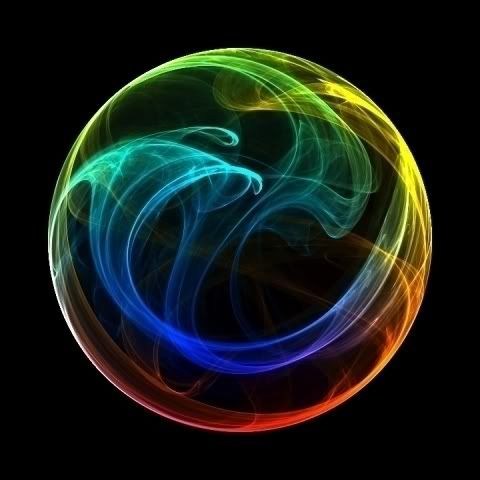
take the color quiz
http://www.colorquiz.com/
sources:
http://www.buzzle.com/articles/effects-colors.html
sources:http://psychology.about.com/

Next Back Home
|